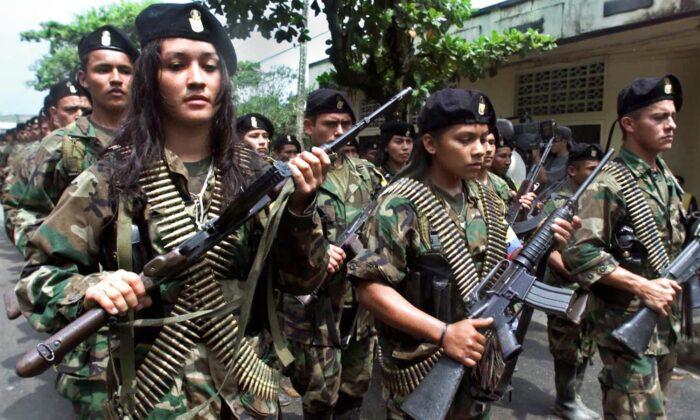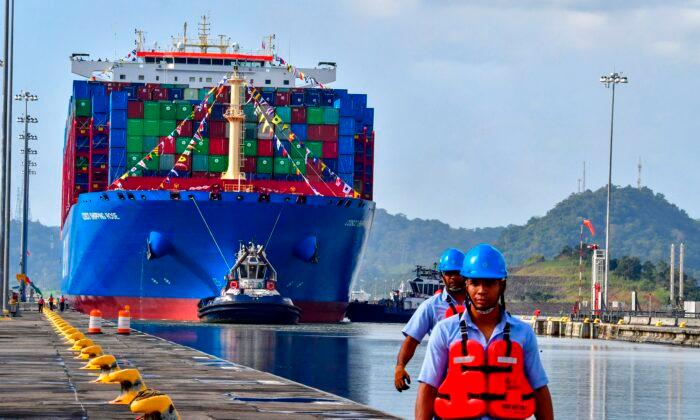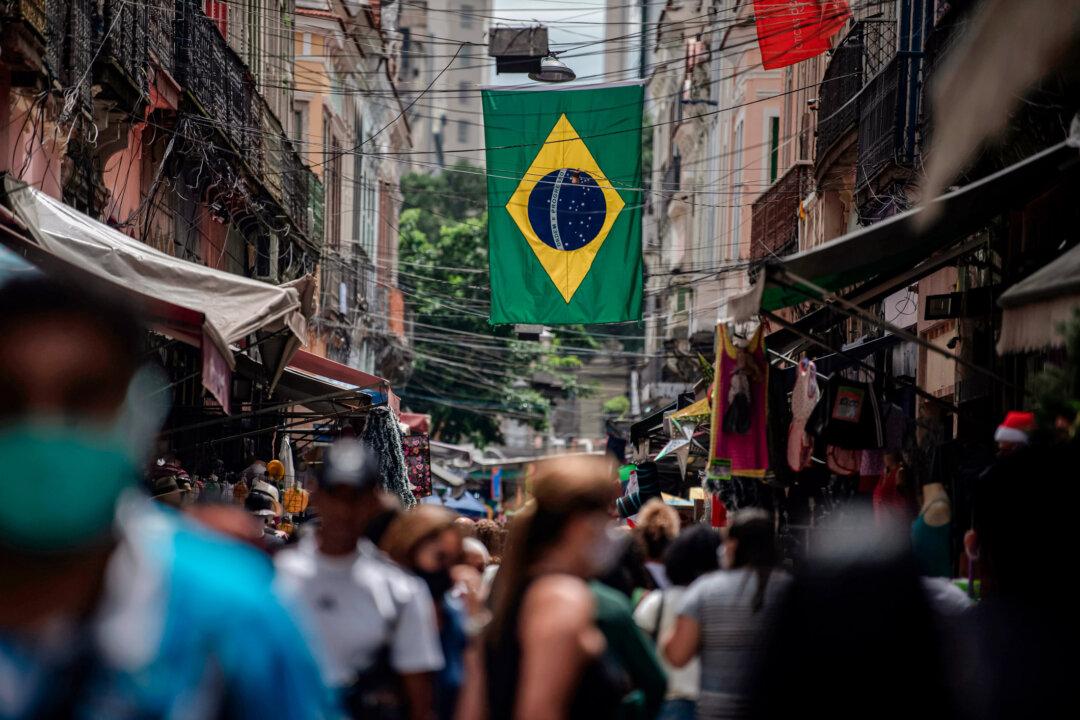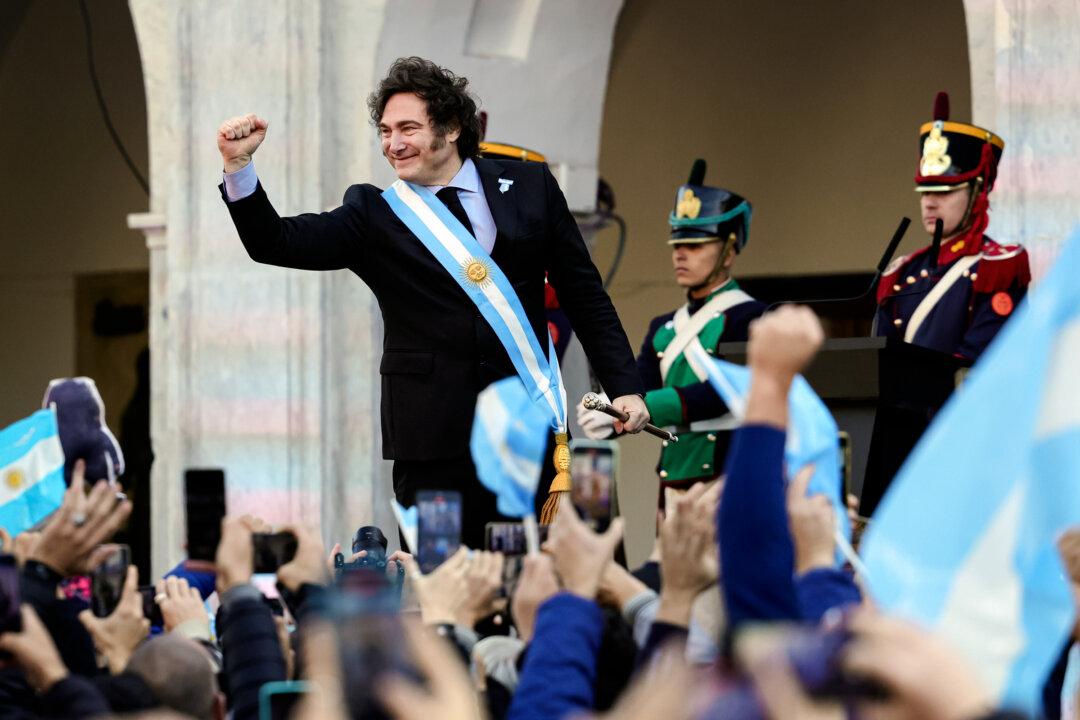Secretary of State Antony Blinken announced on Nov. 30 that the United States no longer designates the guerrilla group known as the Revolutionary Armed Forces of Colombia, known as FARC, as a terrorist organization.
The decision comes five years after a peace agreement between the group and the Colombian government in 2016.
Blinken said the designations of two new terrorist groups—which call themselves Segunda Marquetalia and the FARC-EP, or the “people’s army”—will remain. The groups have evolved as splinter factions of the FARC.
“The decision to revoke the designation does not change the posture with regards to any charges, or potential charges, in the United States against former leaders of the FARC, including for narcotrafficking,” Blinken said in a statement.
Conflicts with the FARC have left 262,197 people dead. Only 46,813 of these casualties are listed as combatants, according to Colombian government records.
Established in 1964 as the militant branch of the Colombian Communist Party, the FARC is the largest of Colombia’s rebel groups and is also considered the world’s oldest active terrorist organization. It’s responsible for bombings, kidnappings, and murders, with terrorist activities spilling over into Venezuela and Ecuador, which has prompted military reinforcement of their borders with Colombia over the years.
At its peak, the FARC was estimated to have upward of 10,000 dedicated soldiers and thousands of auxiliary supporters, the majority of which came from rural parts of Colombia. Following the usual pattern of communist groups, the FARC evolved from a demand for the redistribution of land and wealth, a concept that initially gained traction in South America in the 1950s.
On Nov. 23, the Biden administration announced that it was considering the removal of the FARC from its list of recognized terrorist groups, a designation the U.S. government has made since 1997. This banned members of the FARC from entering the United States and restricted their access to the dollar-based international financial system.
Despite that restriction, the FARC has made hundreds of millions of dollars over the years from taxes imposed on the narcotics industry in Colombia.
Four years of discussions and negotiations took place in Havana before the FARC reached an agreement with the Colombian government on a ceasefire on Aug. 24, 2016.





